Use cacao as a model for agriculture roadmaps
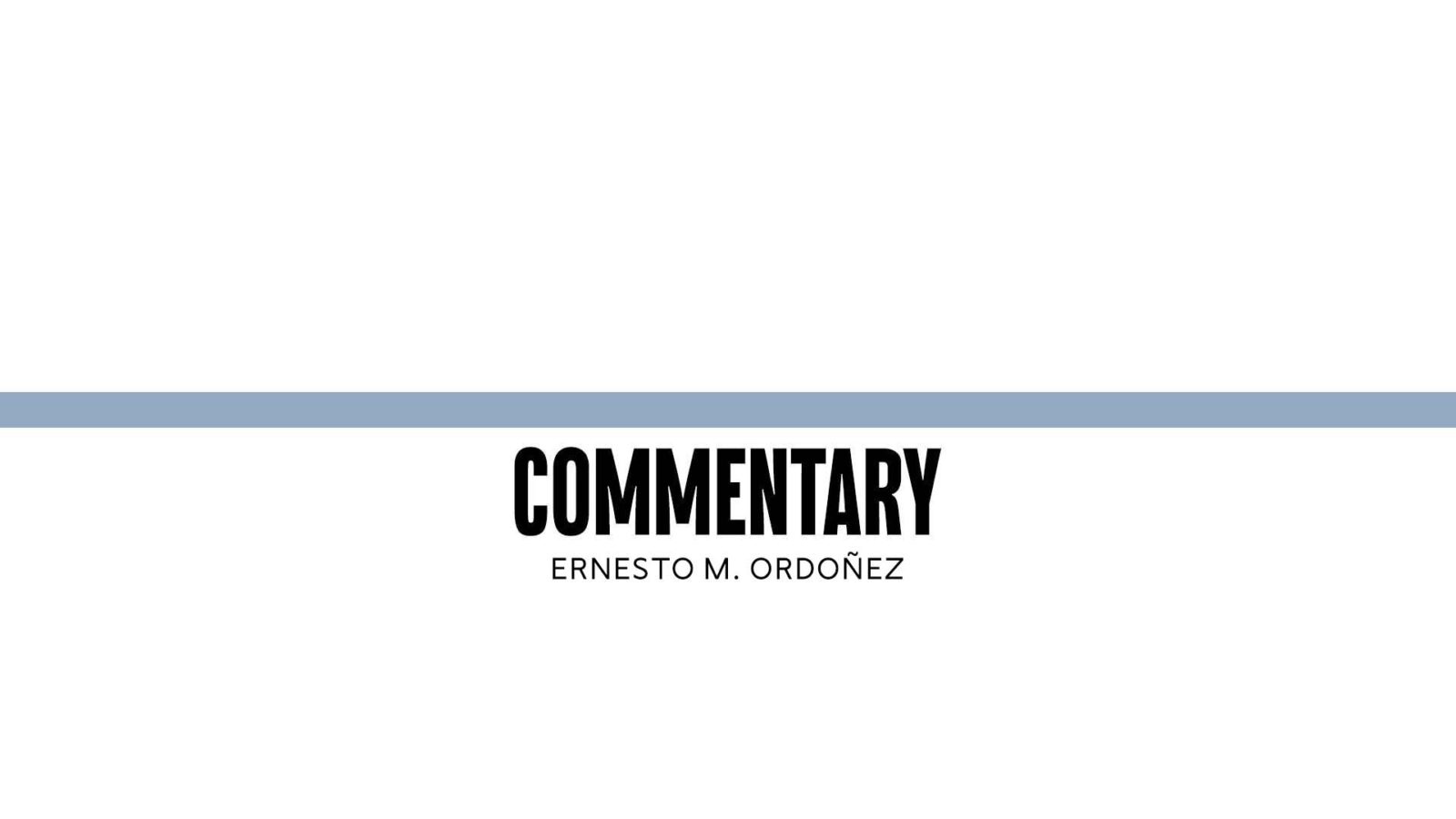
Agriculture roadmaps can be mainly theoretical papers that lie unused on the shelf. Or they can be living practical documents that guide and motivate actions to increase agriculture productivity and benefit farmers and fisherfolk. Here is a possible effective way of formulating agricultural roadmaps, using cacao as an example.
A June 26 to June 27 planning workshop in preparation for the cacao roadmap formulation was organized by the private sector Philippine Cacao Industry Association (PCIA), in unity with the public-private Philippine Cacao Industry Council (PCIC). Agriculture Secretary Francisco Tiu Laurel Jr. had asked the PCIA to take the lead in this roadmap formulation. PCIA then fully funded this workshop, with no government subsidy. This indicated the private sector’s commitment to this endeavor.
Most of the other roadmaps were fully funded and led by the government. The result is that they are not actively used today to guide government activities in their respective areas, with suboptimal results. This cacao workshop was led by PCIA president consul Armi Lopez-Garcia and Edward Barlaan, professor emeritus at the University of Southern Mindanao.
Background
Secretary Tiu Laurel strongly advocates private-sector participation in agriculture governance. Among his significant innovations are the commodity industry boards. On a monthly basis, private-sector leaders from each commodity submit their five most urgent issues. Usually within two days, Tiu Laurel responds to these issues with directives to the appropriate Department of Agriculture (DA) officials. This significant change of quick decisive action is very welcomed by the private sector.
However, there is also a need for a longer-term, more wholistic view. This is supposed to be accomplished through the agriculture roadmaps. So far, not much action has come from DA’s current 20 agriculture roadmaps.
These roadmaps have largely not been used for two reasons: (1) the private sector felt they did not lead the government fully-funded roadmaps, but were instead just consulted; and (2) the short term one- to two-year action plans from these roadmaps were not specifically stated, thus preventing them from being a blueprint for action monitoring and improvement.
Workshop
At the cacao preparatory workshop, these gaps were addressed. The private sector led and fully funded the workshop, determined the agenda and chose the appropriate resource persons. This was done in collaboration with the DA and the Department of Trade and Industry. The workshop identified a key problem: cacao was promoted on a nationwide basis, with little attention given to address the necessary conditions for cacao success. Consequently, much of the cacao effort failed.
The workshop identified three conditions before successful cacao production. First, cacao should be planted only in suitable areas. This is where Type IV climate exists, where rainfall is more or less evenly distributed throughout the year. Type II is acceptable, but only where there are no typhoon-prone locations. Type III will result in failure, except where there is supplemental irrigation.
In addition, planting should be done only in higher altitudes (300-1,200 meters above sea level) and only in the right soil (at least 1.5 meter depth in loamy soil). Consequently, average cacao yield today is 0.6 kilos per plant, less than half the targeted two kilos.
Logistics, consolidation, marketing
Second, there should be the required logistics, such as roads, to get the product to the market. Third, there should be consolidation. The consolidating group should have competent management. This volume is needed not only for economies of scale, but also for common facilities, including possible processing. Fourth, a marketing system should be in place at the local level, but ideally also at the provincial and national levels. This is so that the product can be sold profitably, and penetrate the profitable huge export market.
Most of the 2021-2025 agriculture roadmaps have not yet been updated. These should be done now, but should follow the cacao roadmap formulation example. The private sector must lead in its formulation, and the one- to two-year action plans carefully identified for monitoring and improvement. With this approach, our agriculture development will be more strategic and greatly enhanced.
The author is Agriwatch chair, former secretary of presidential flagship programs and projects, and former undersecretary of the Department of Agriculture and the Department of Trade and Industry. Contact is agriwatch_phil@yahoo.com.

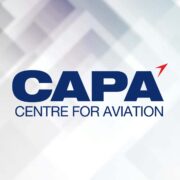
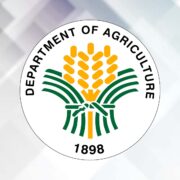

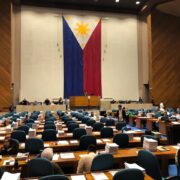



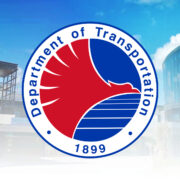





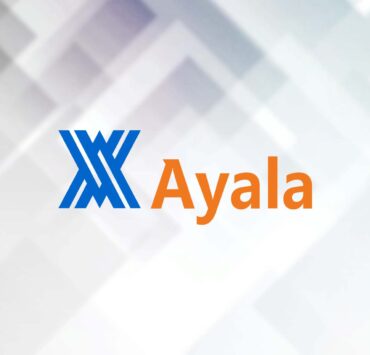

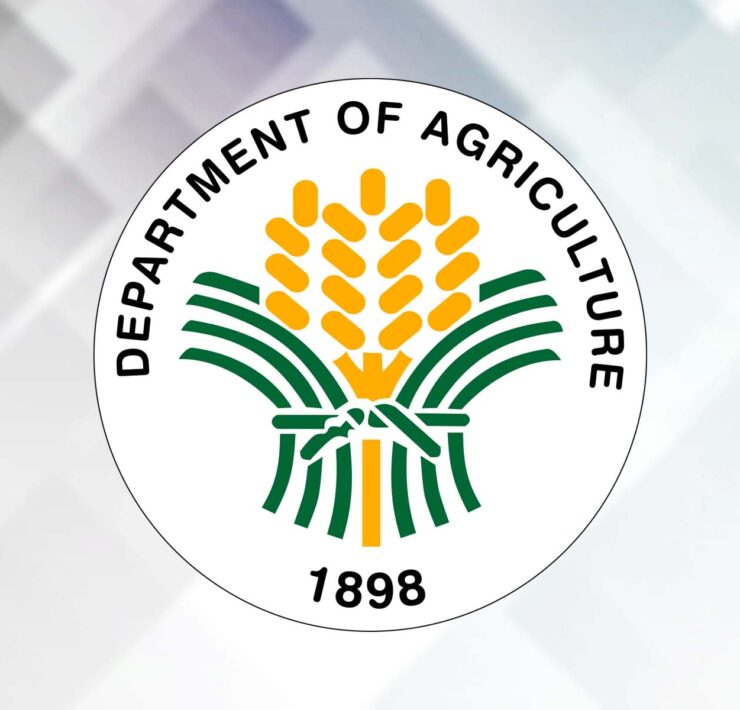

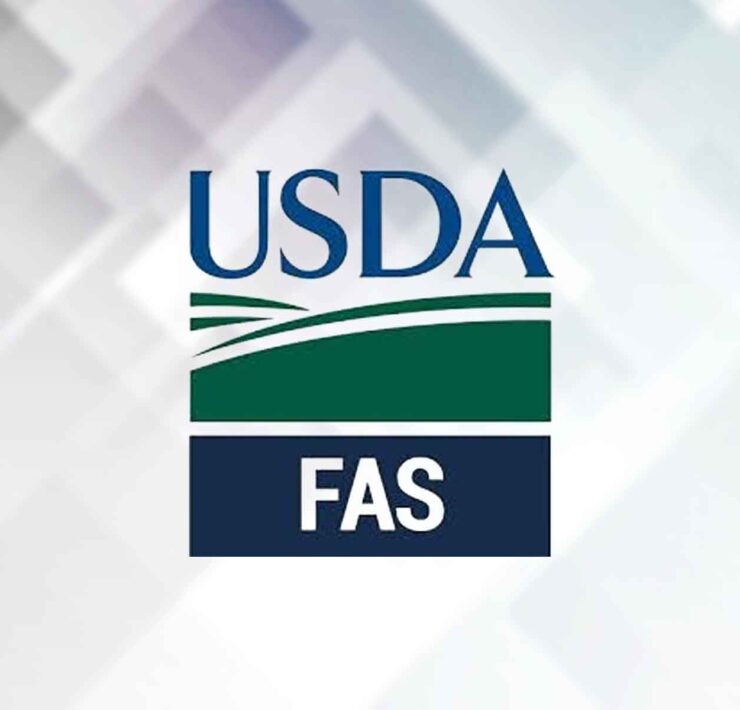


Uncovering the Marcos siblings’ conflict: A case study